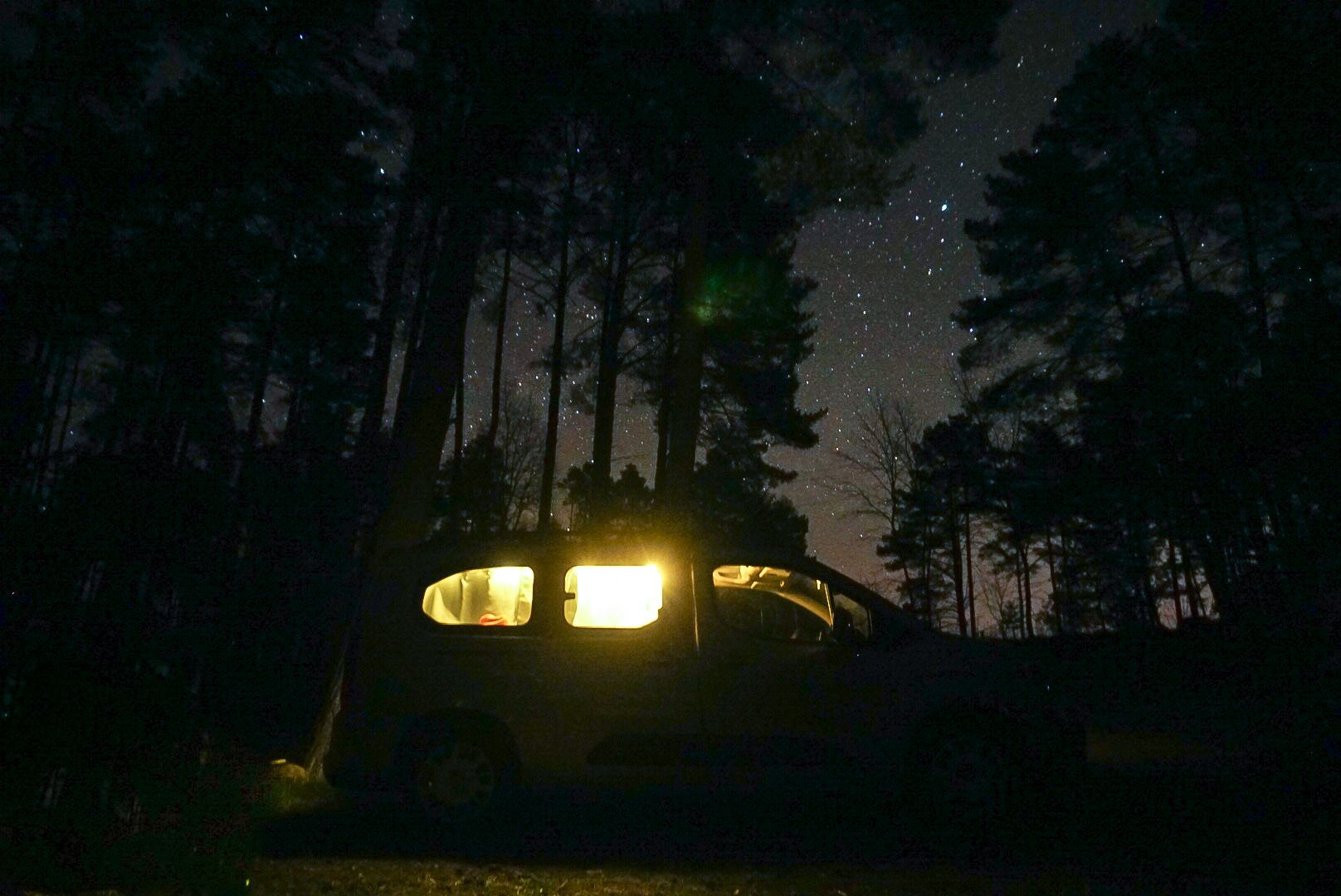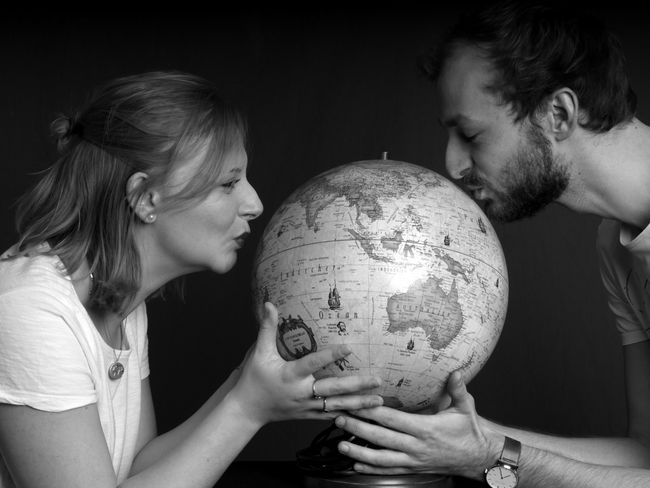Bolivia's wine oasis Tarija and the red Tupiza
已發表: 18.12.2022
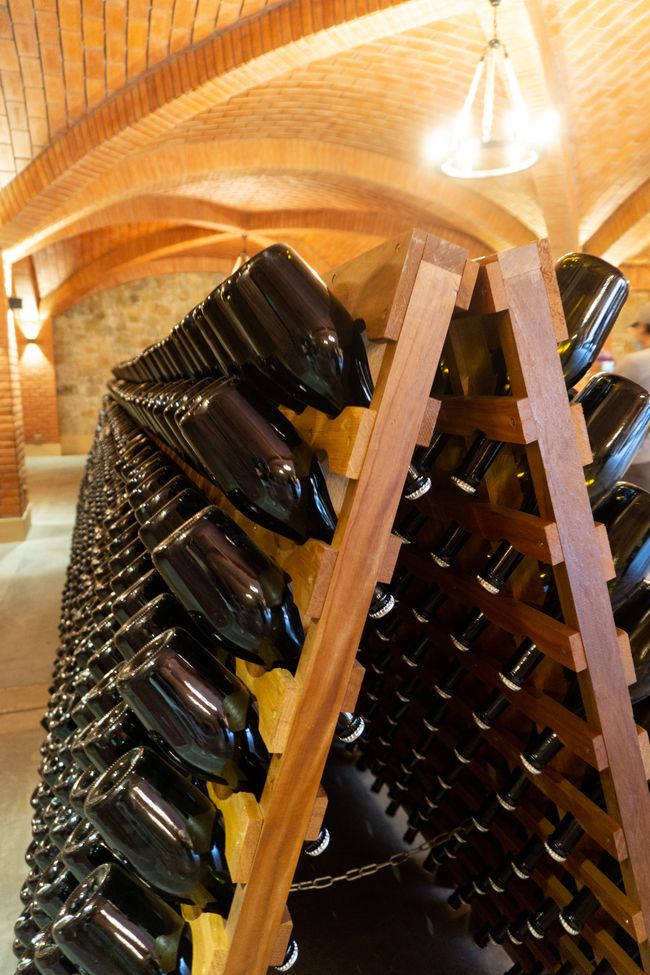
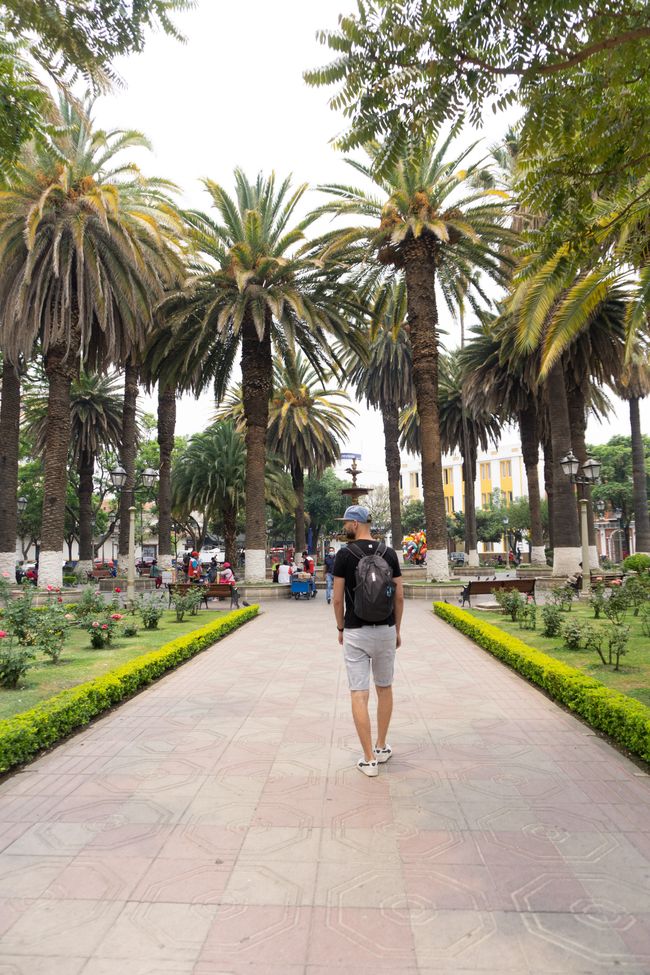
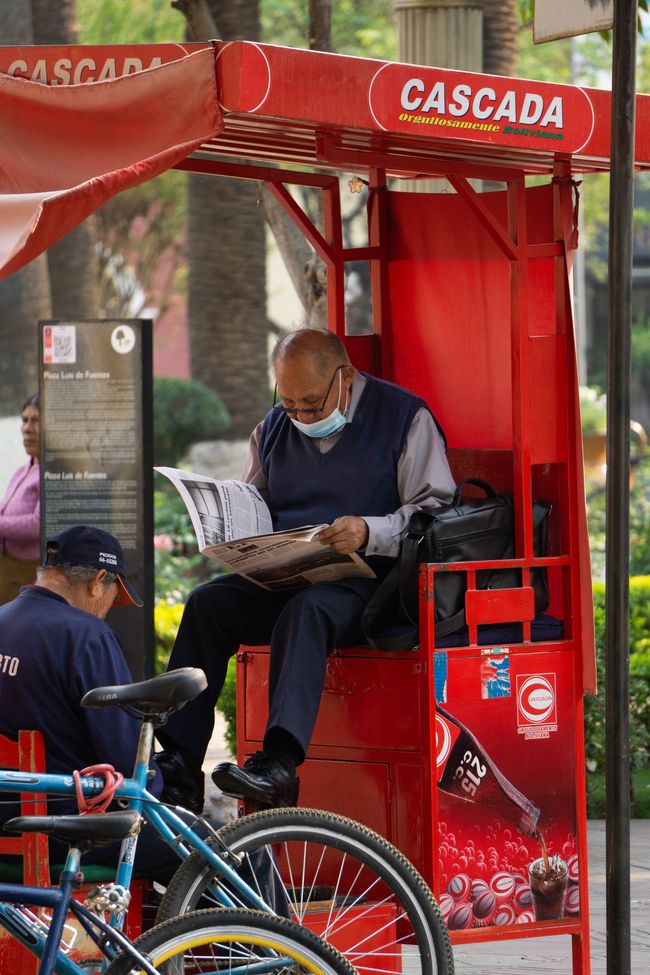
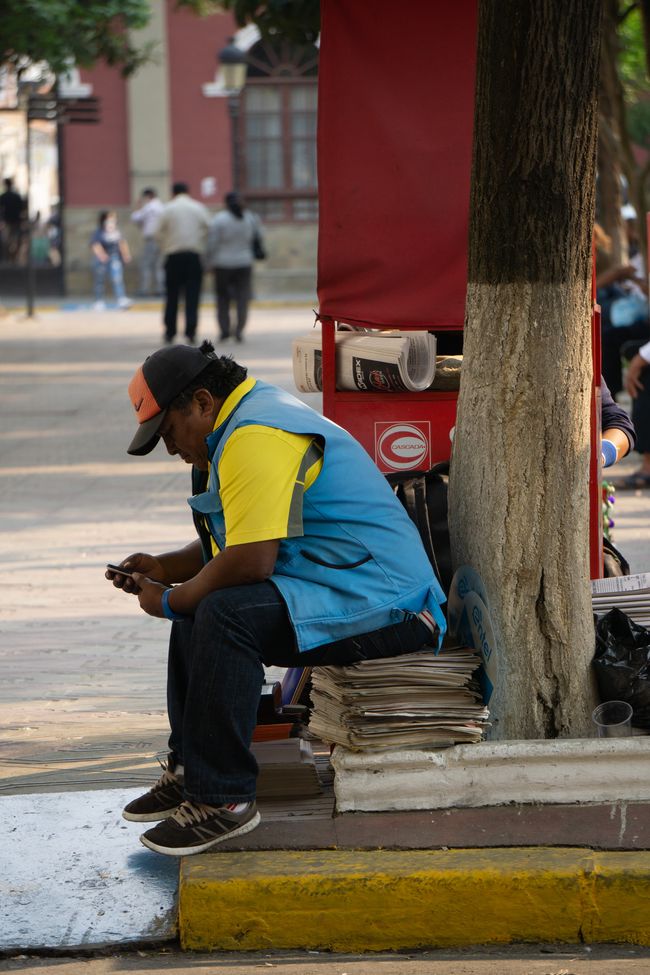
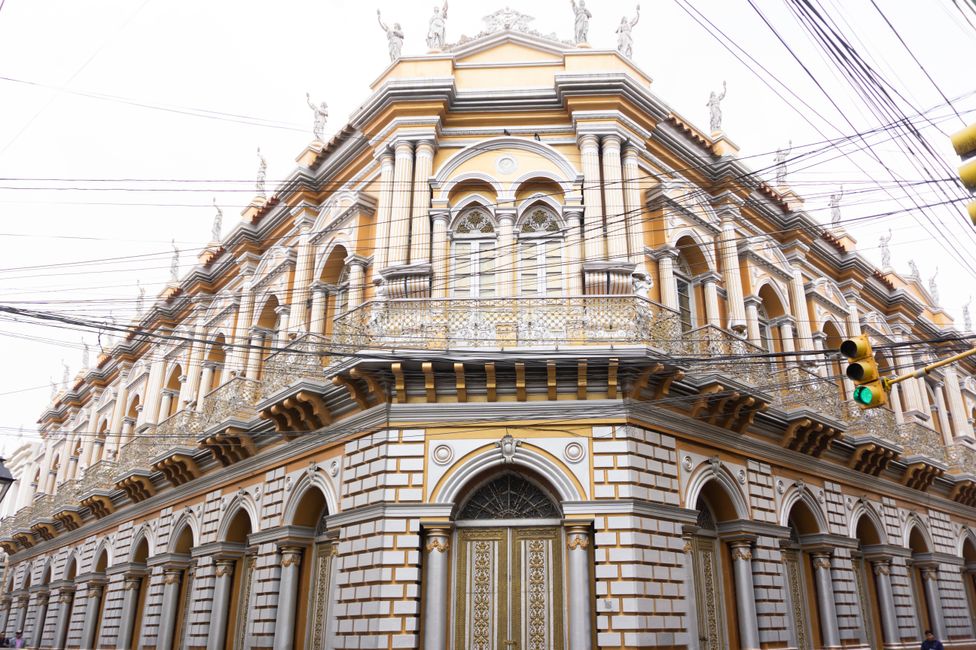
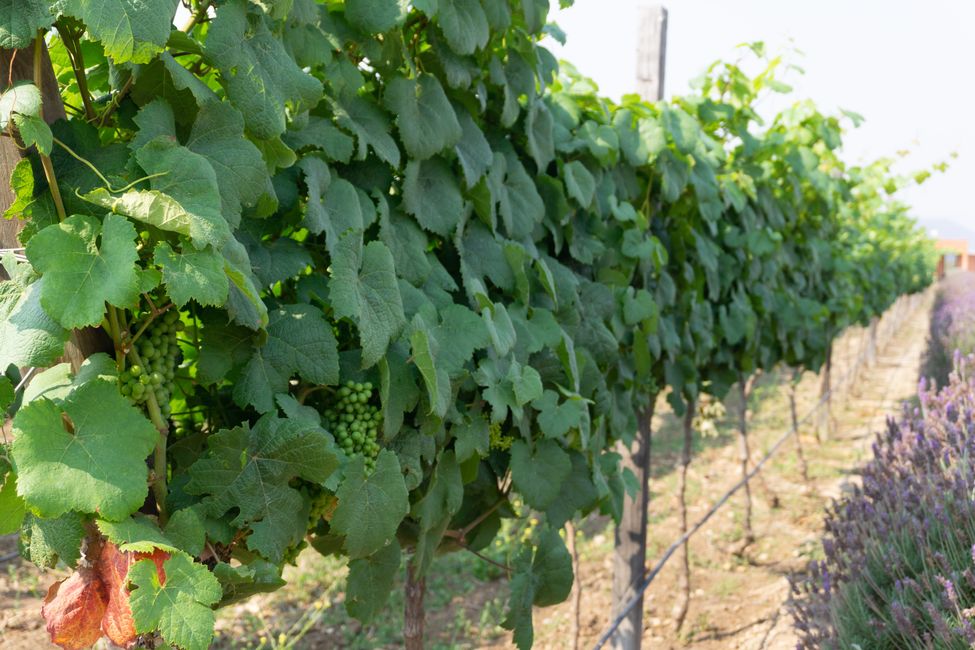
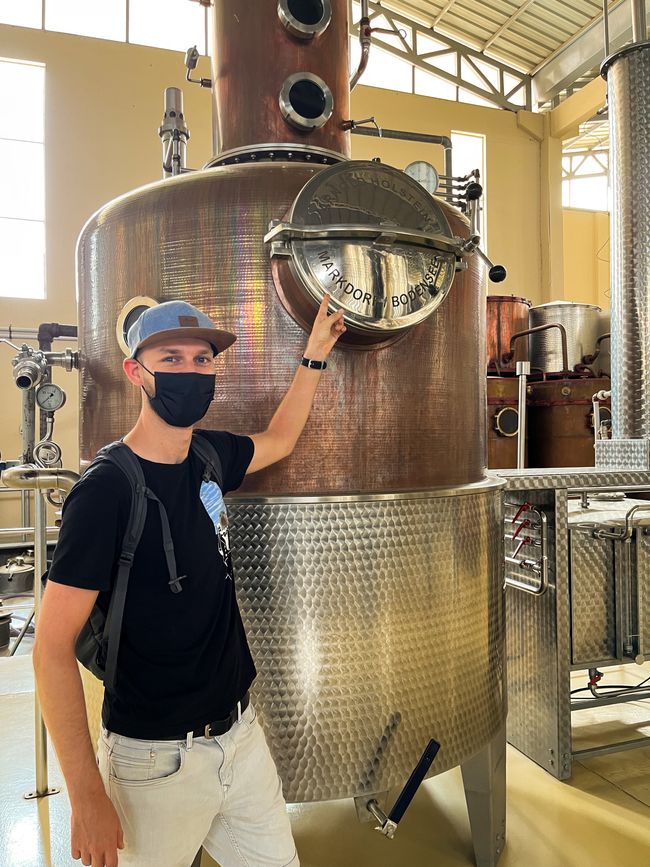
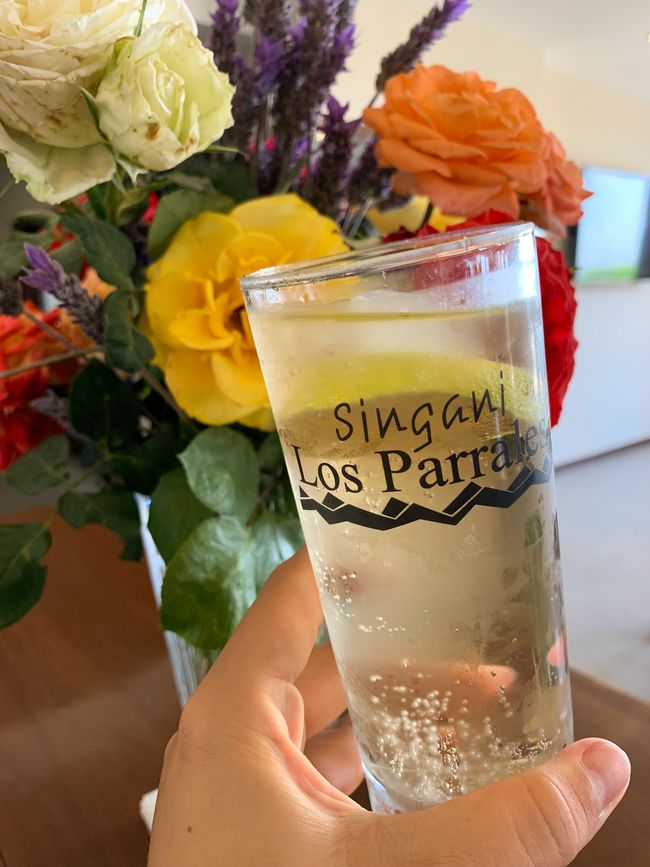
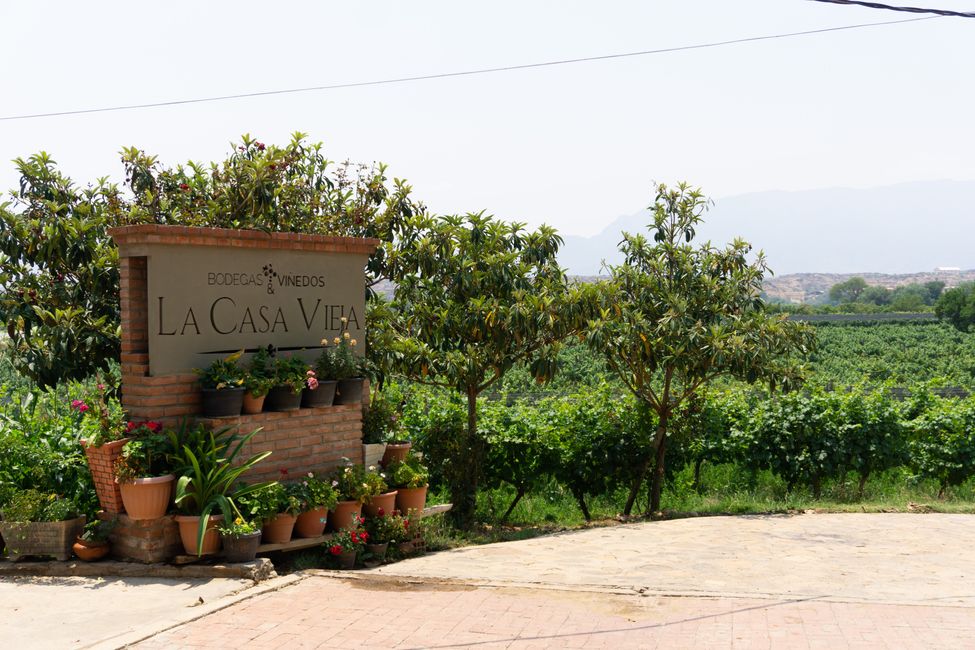
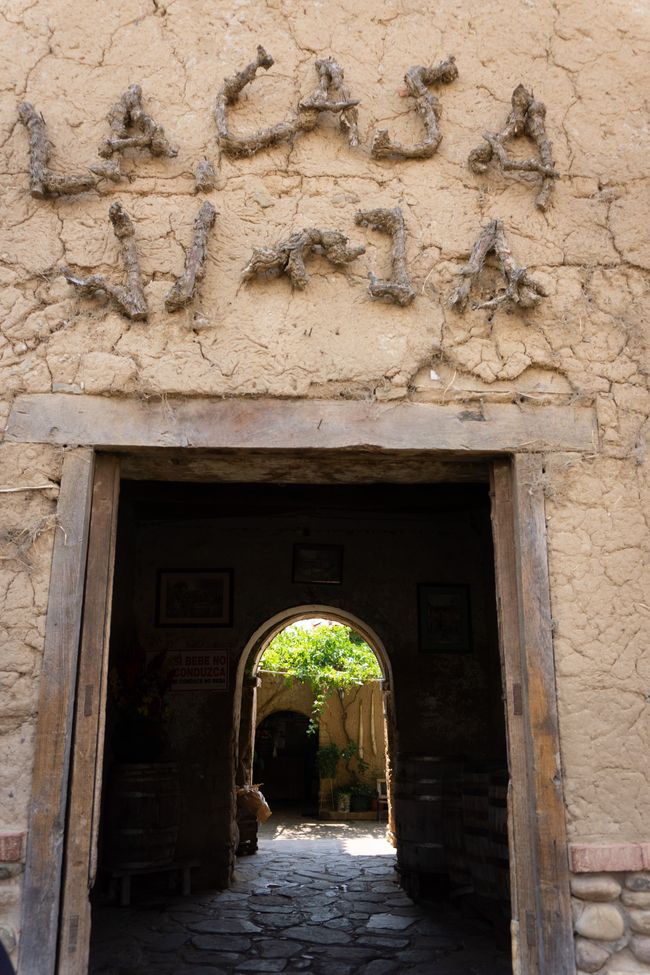
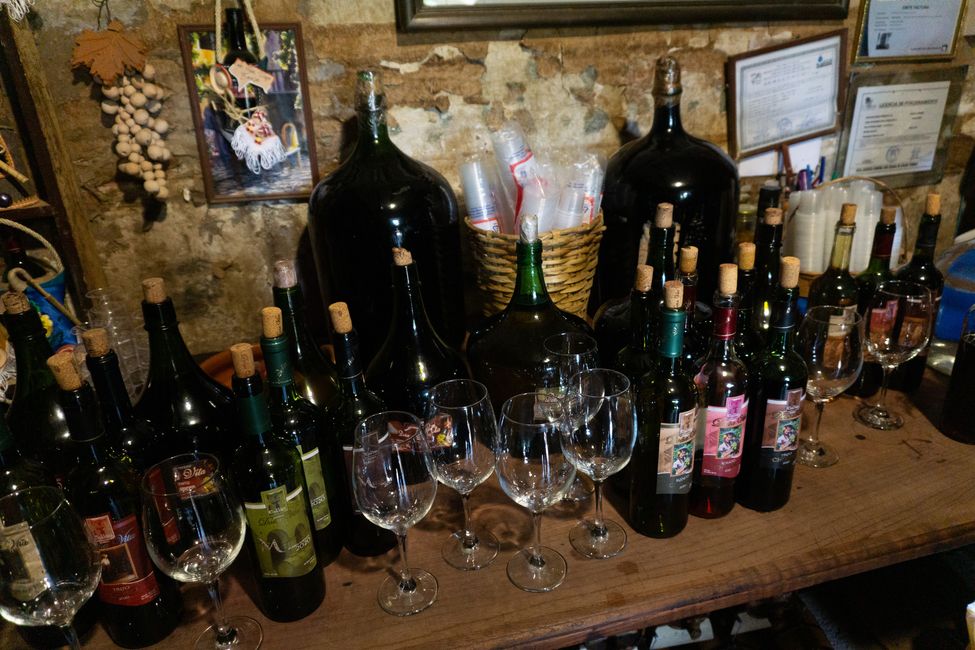
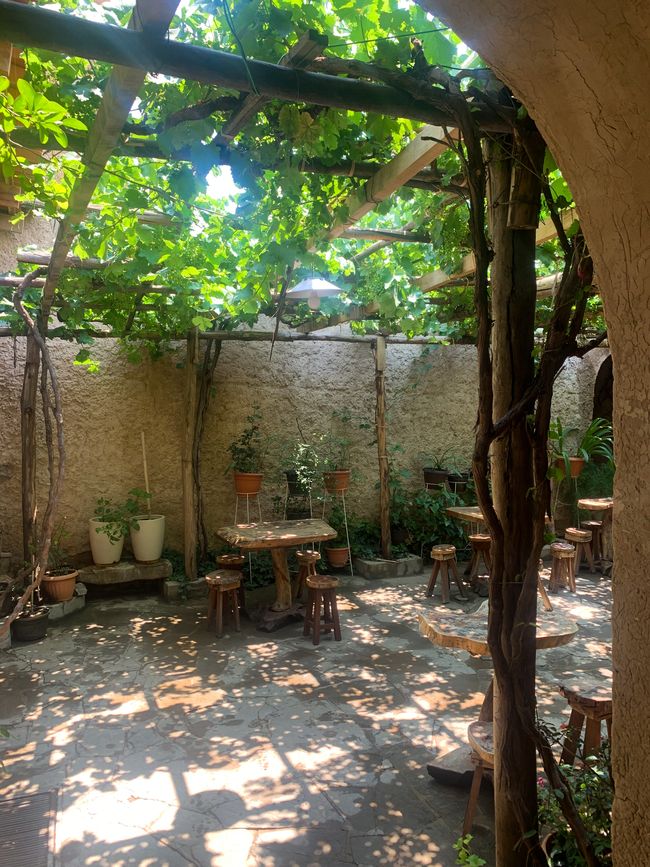
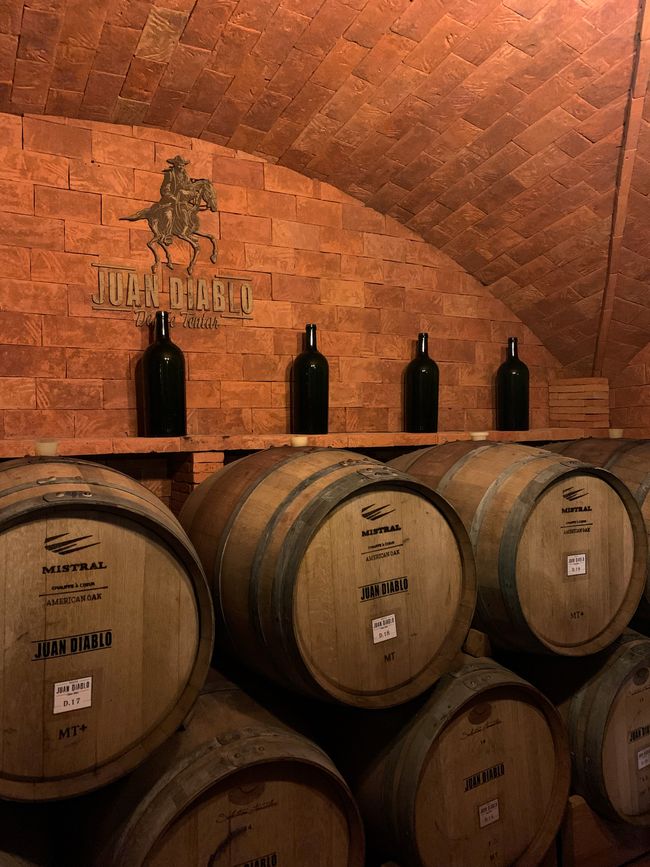
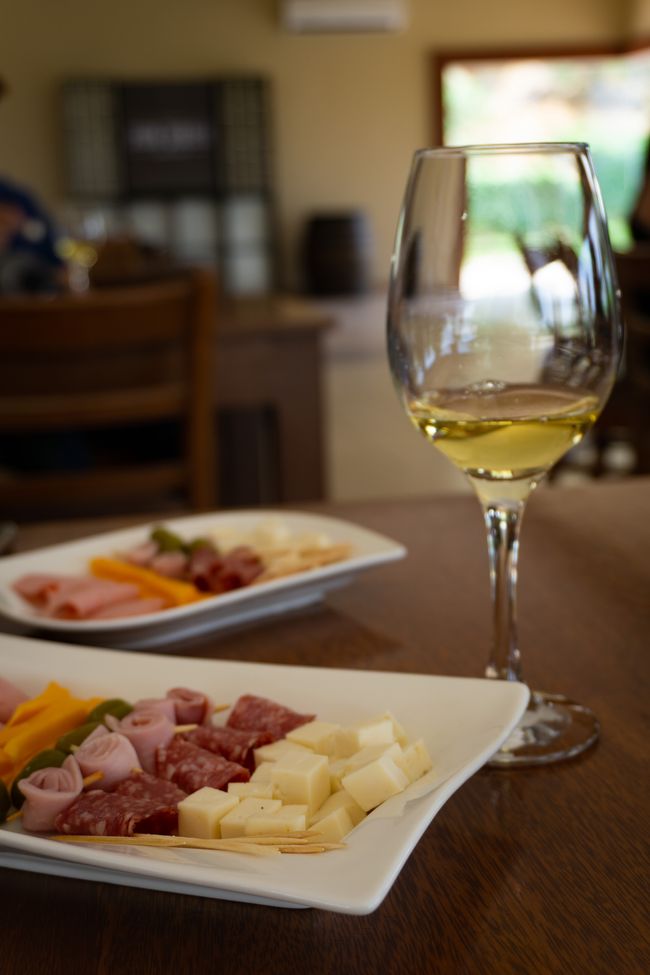
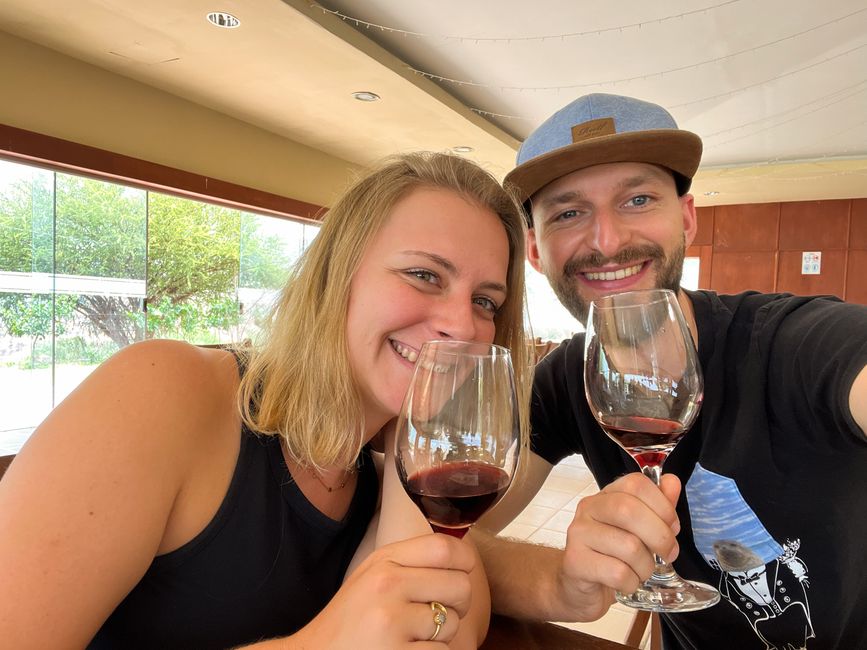
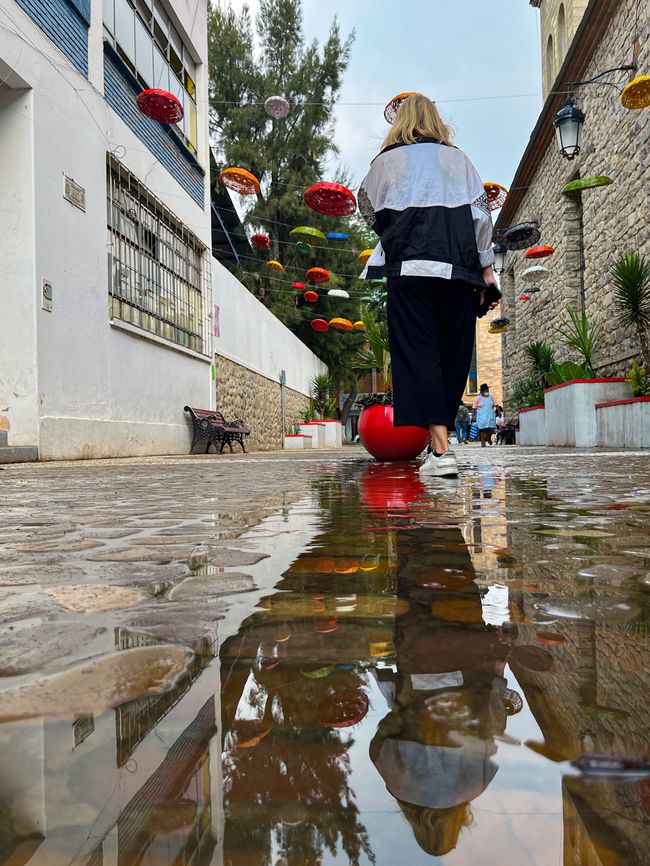
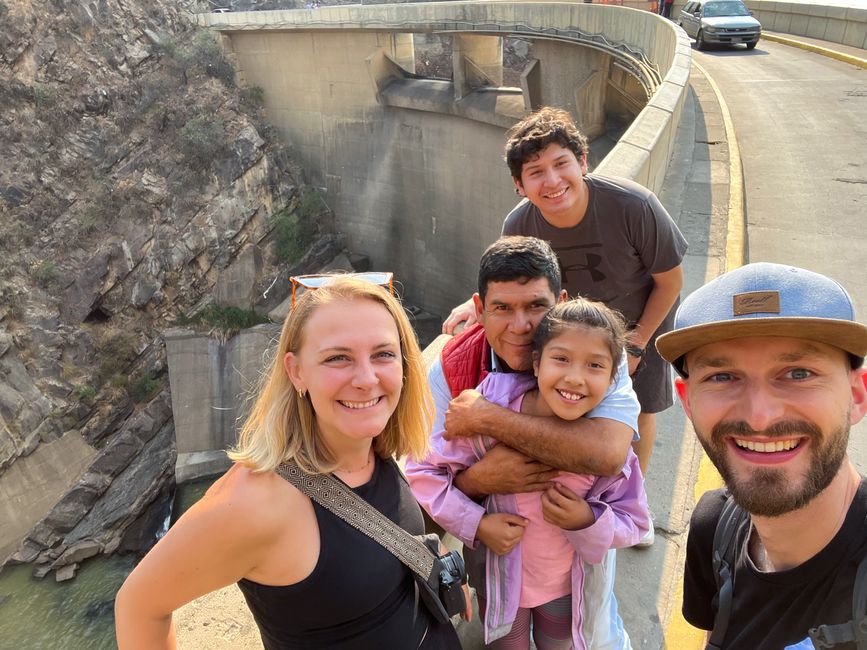
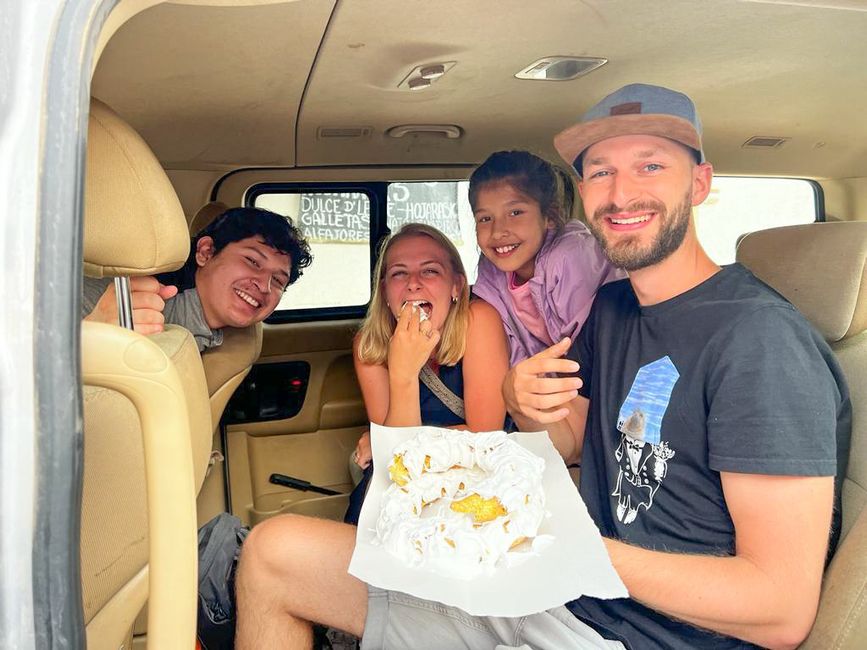
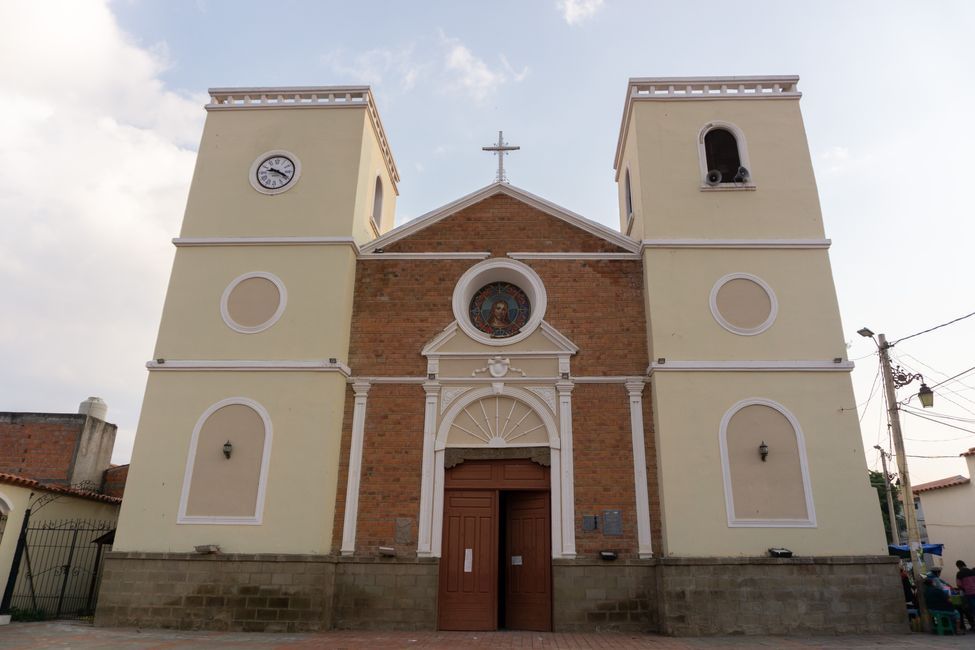
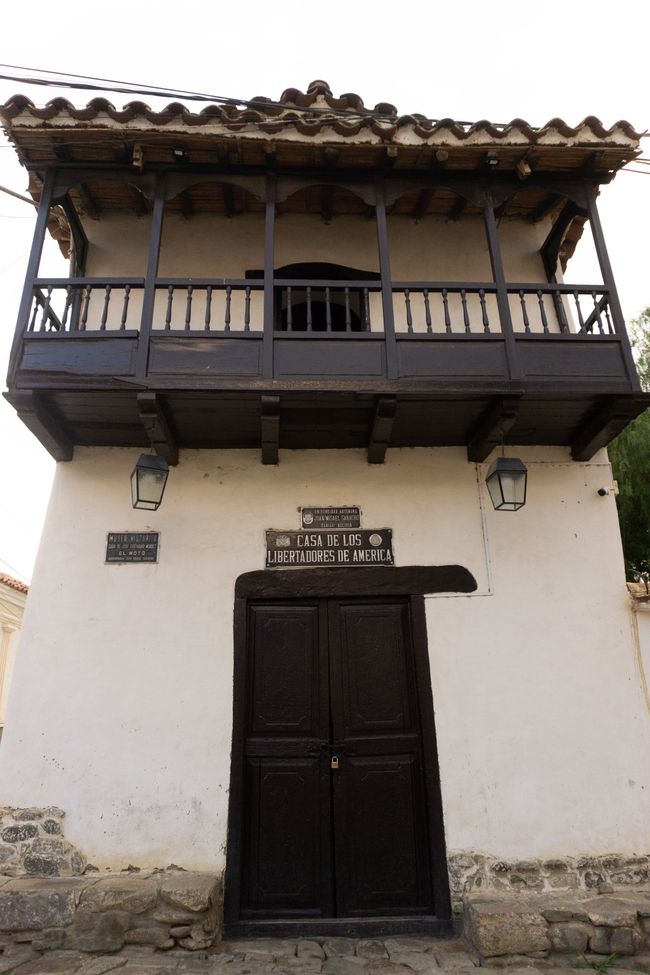
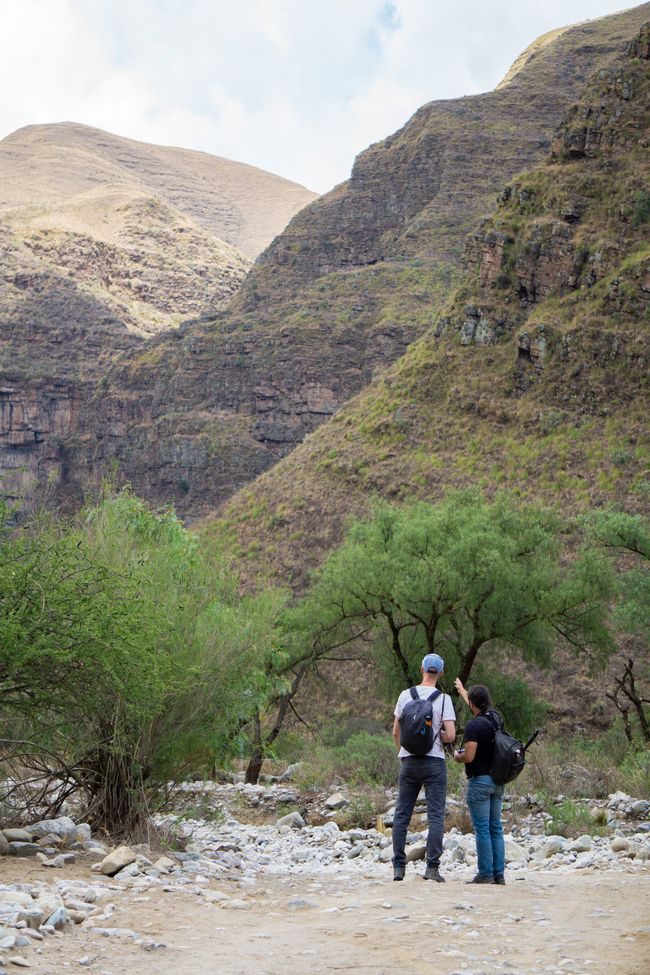
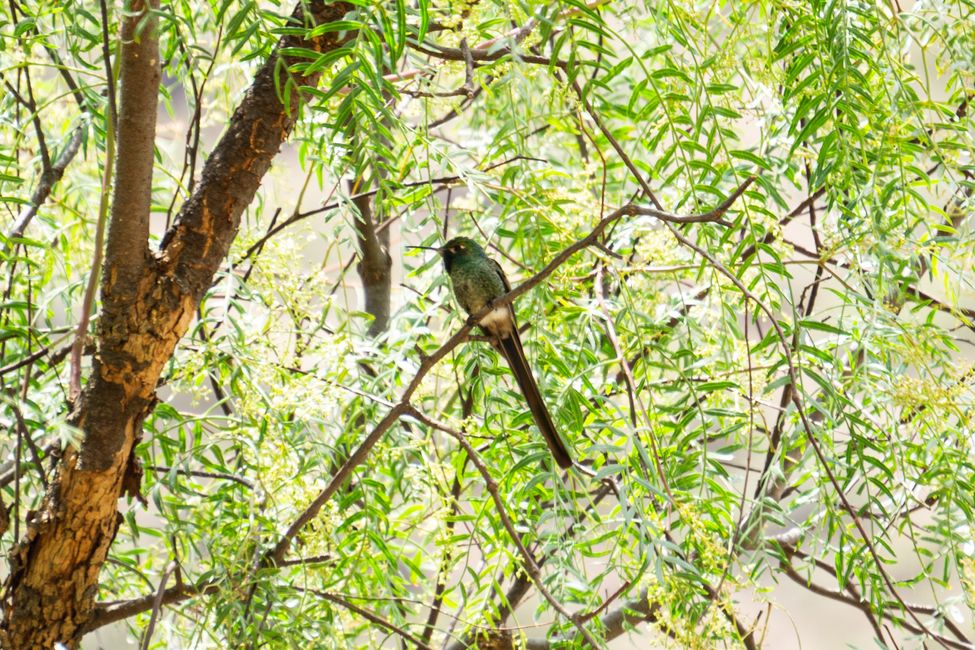
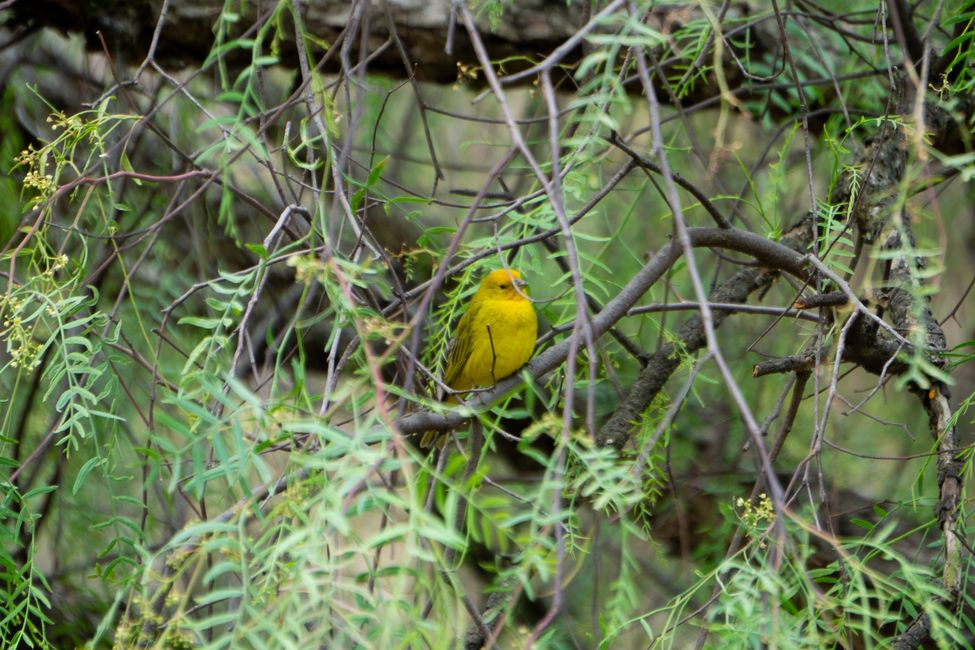
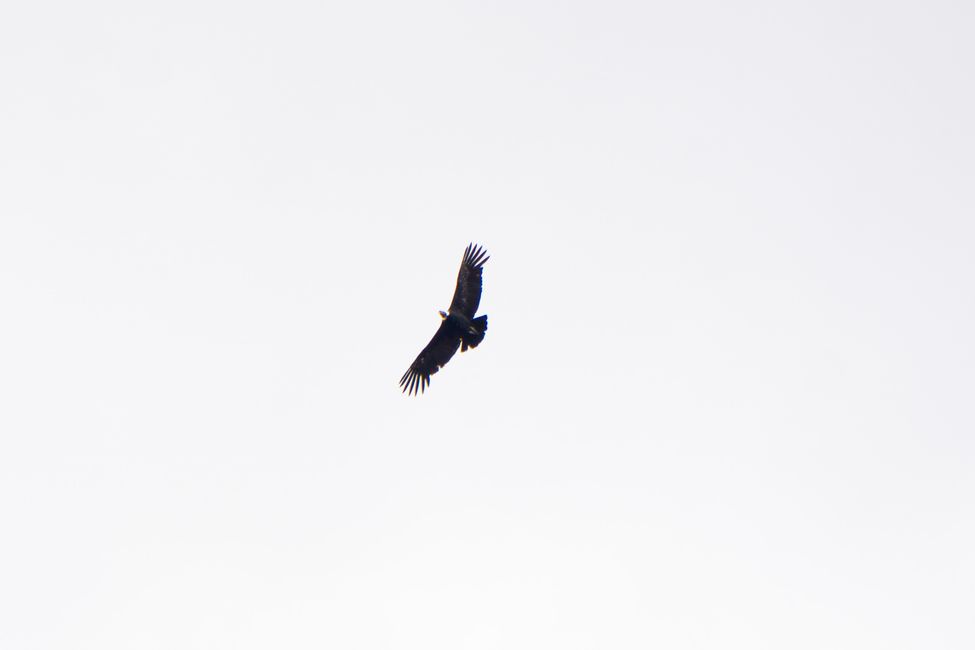
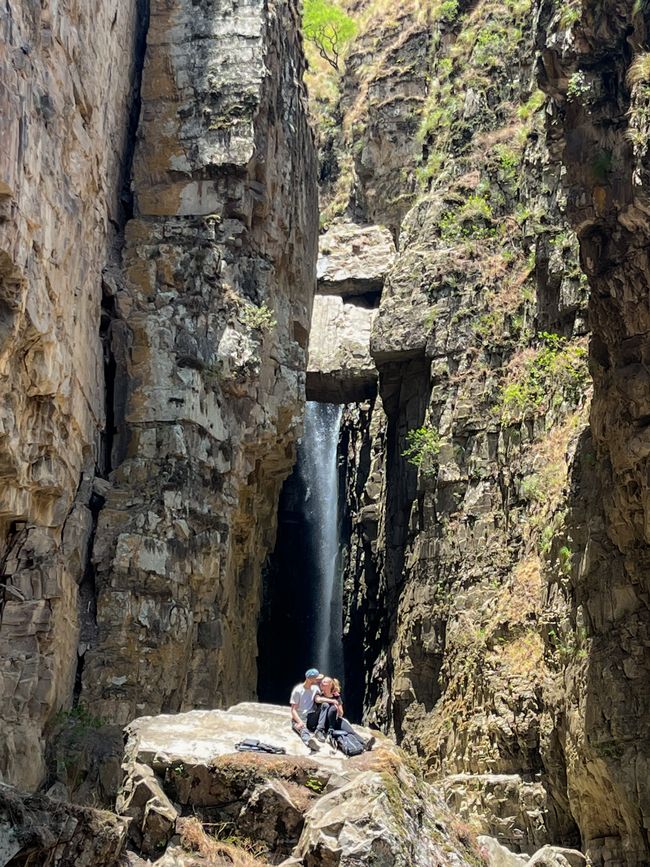
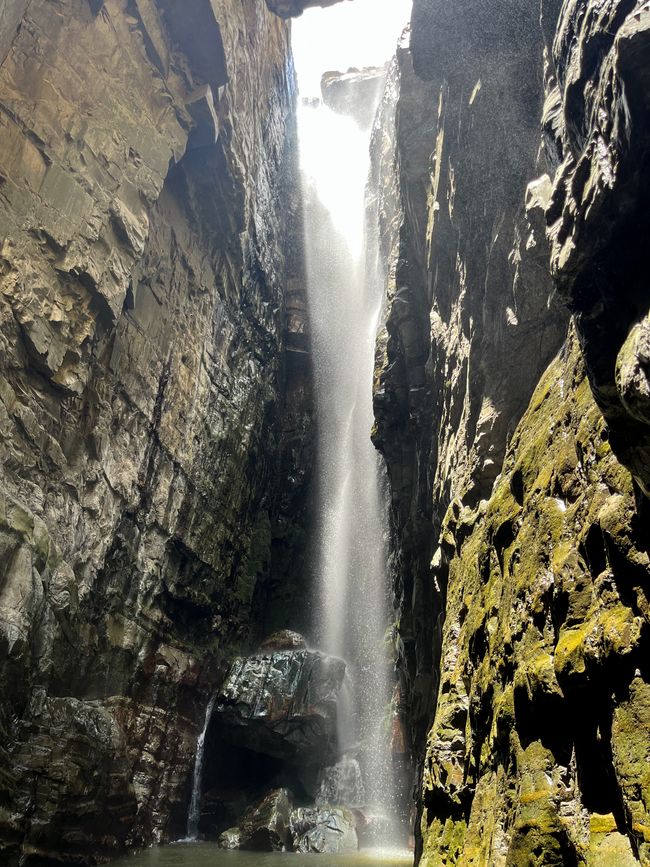
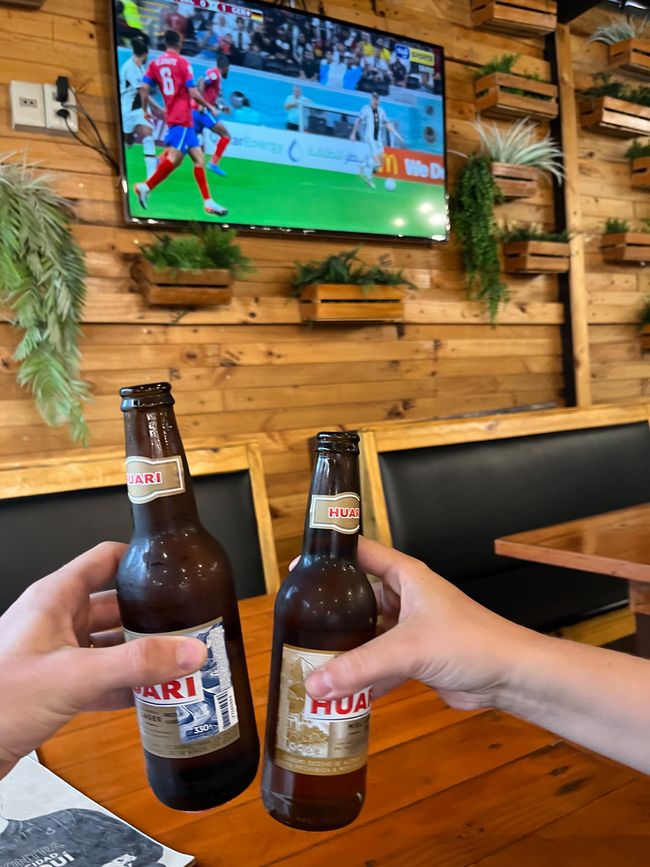
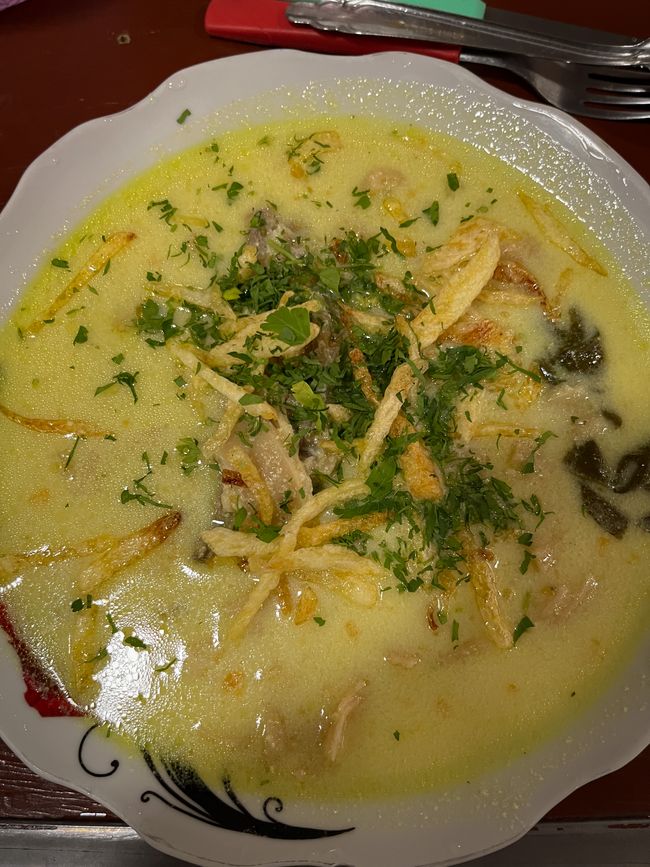
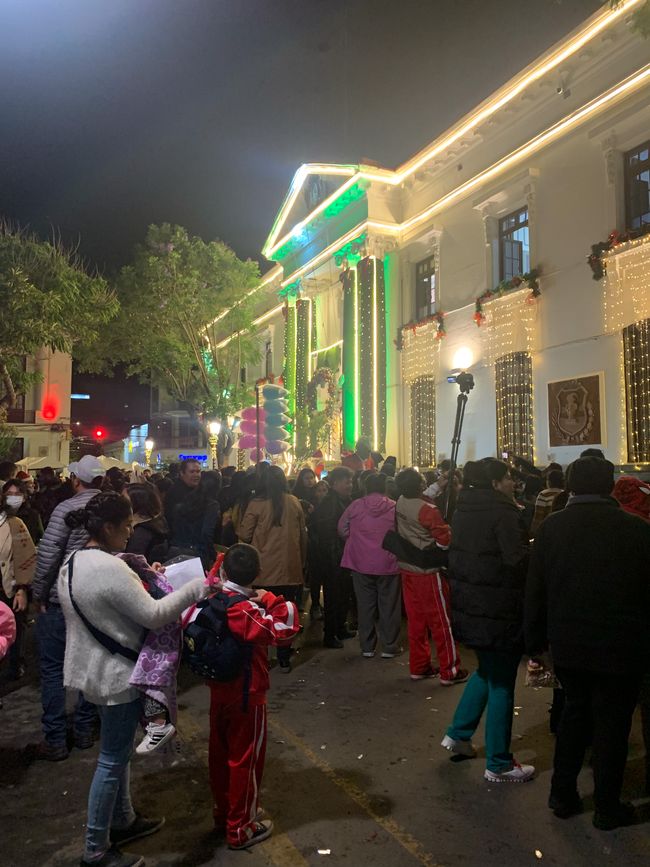
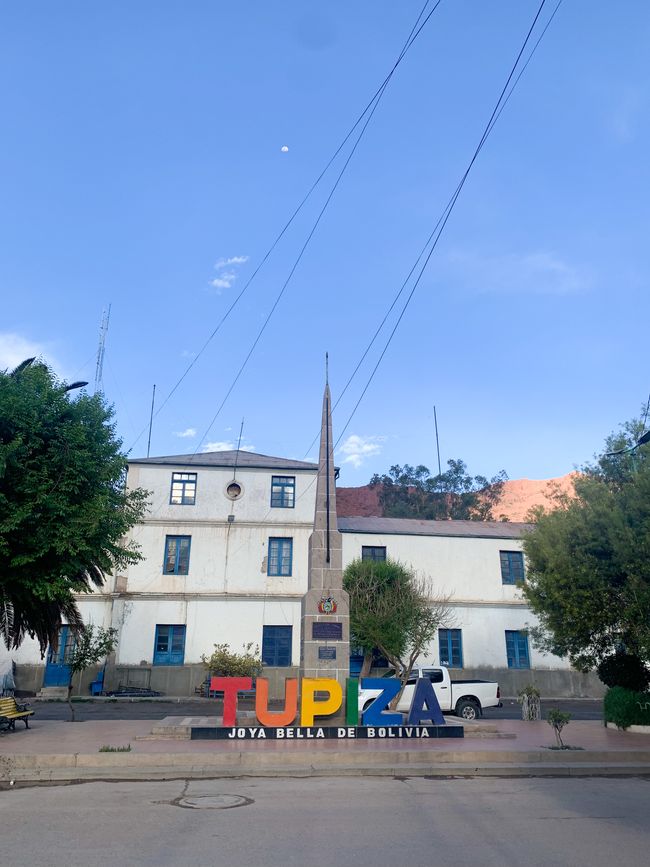
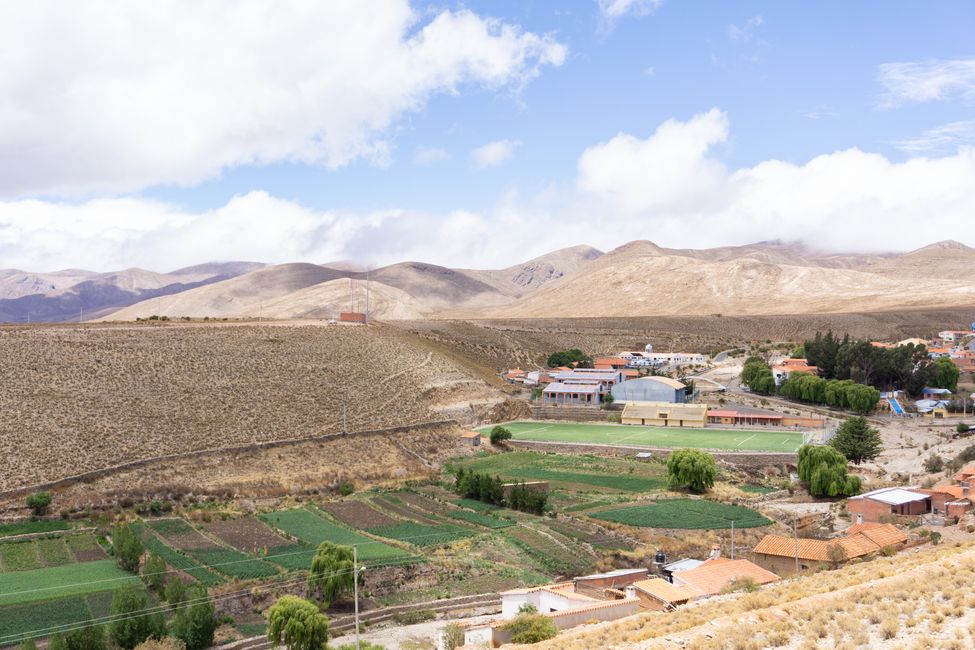
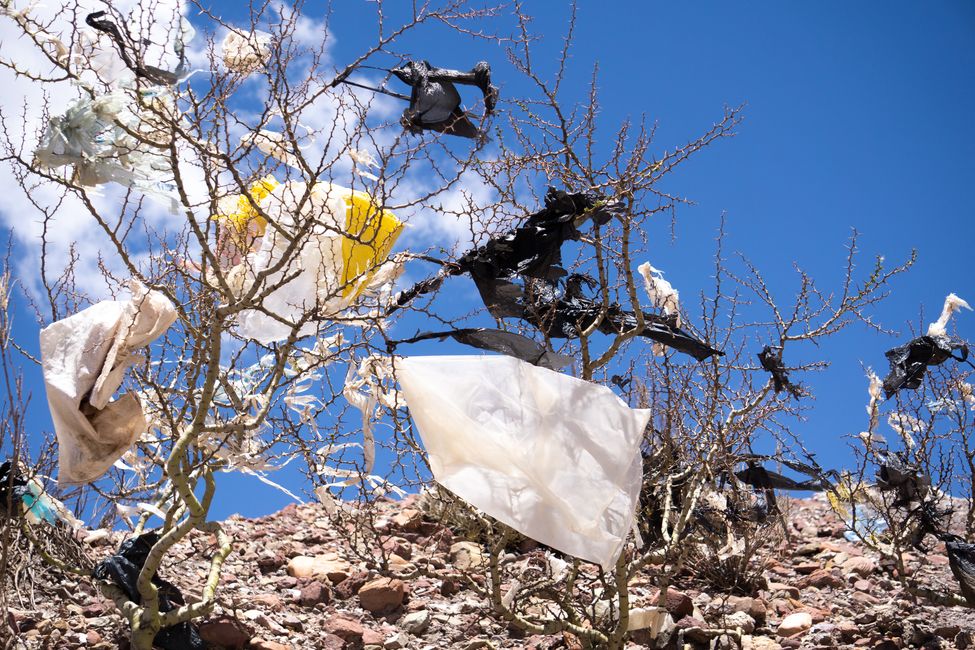
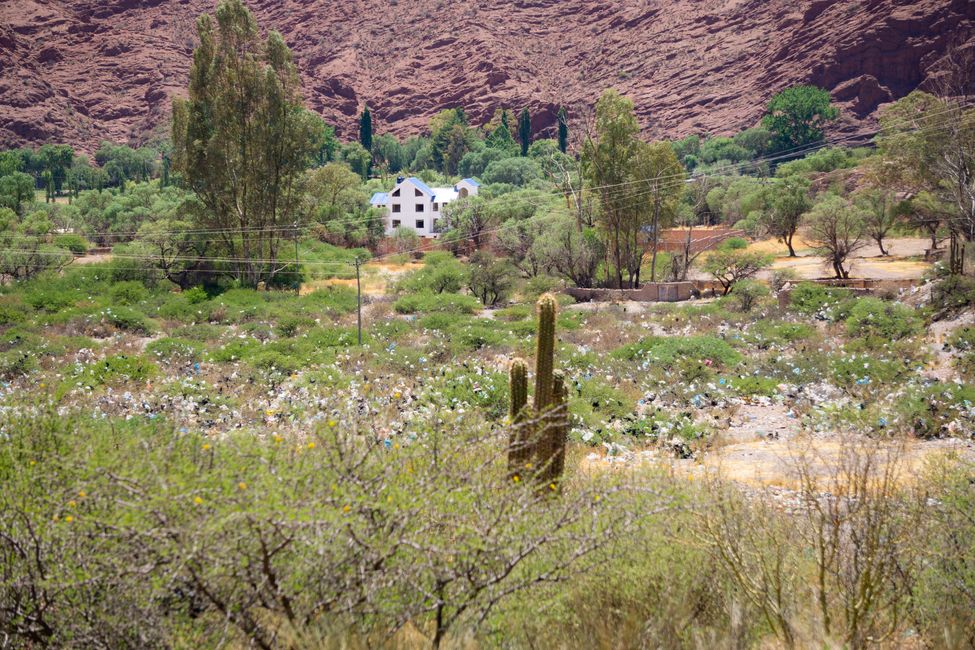
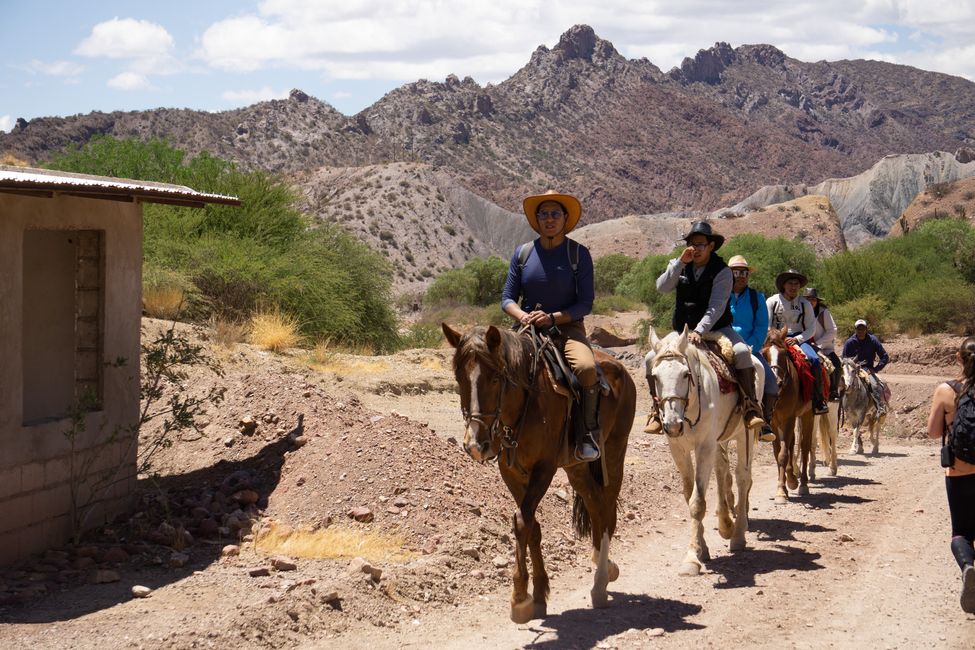
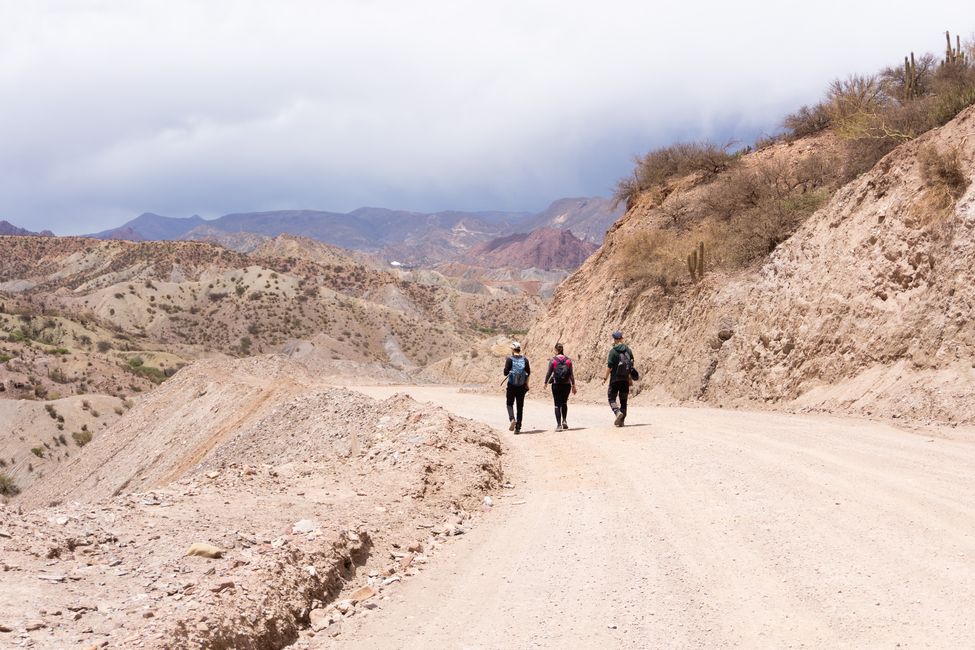
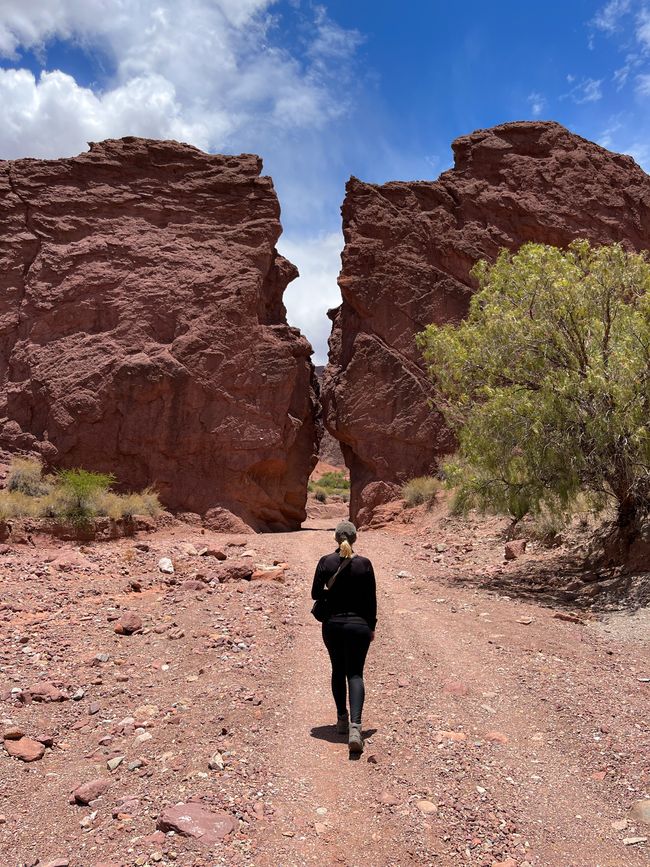
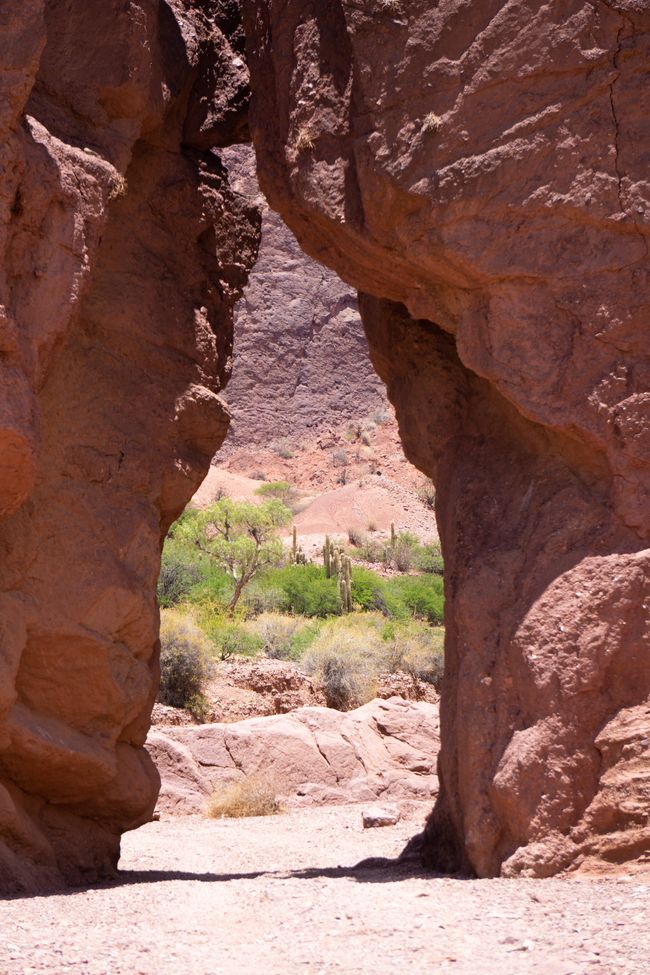
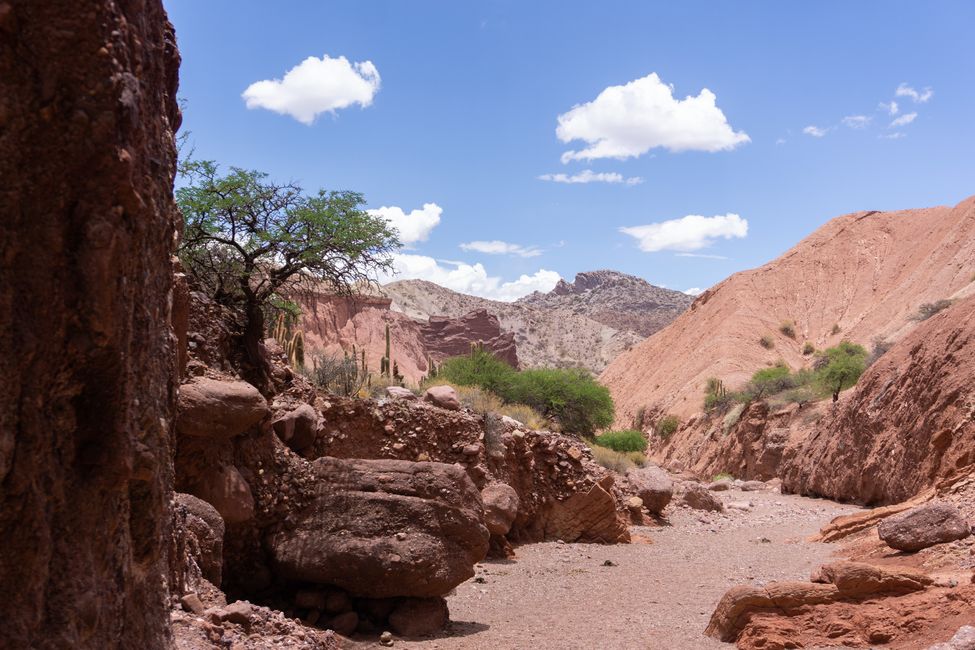
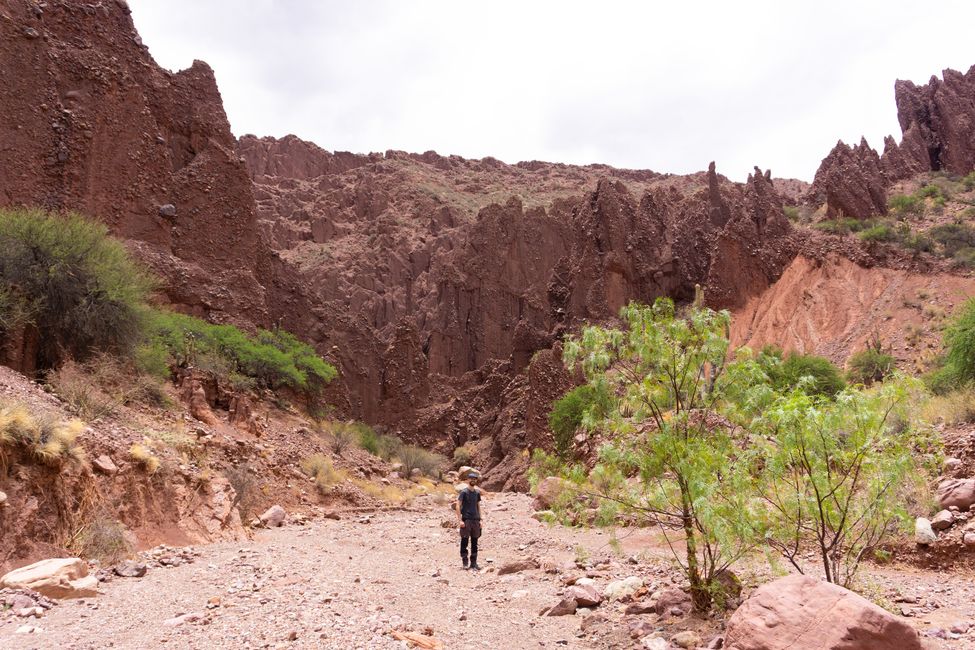
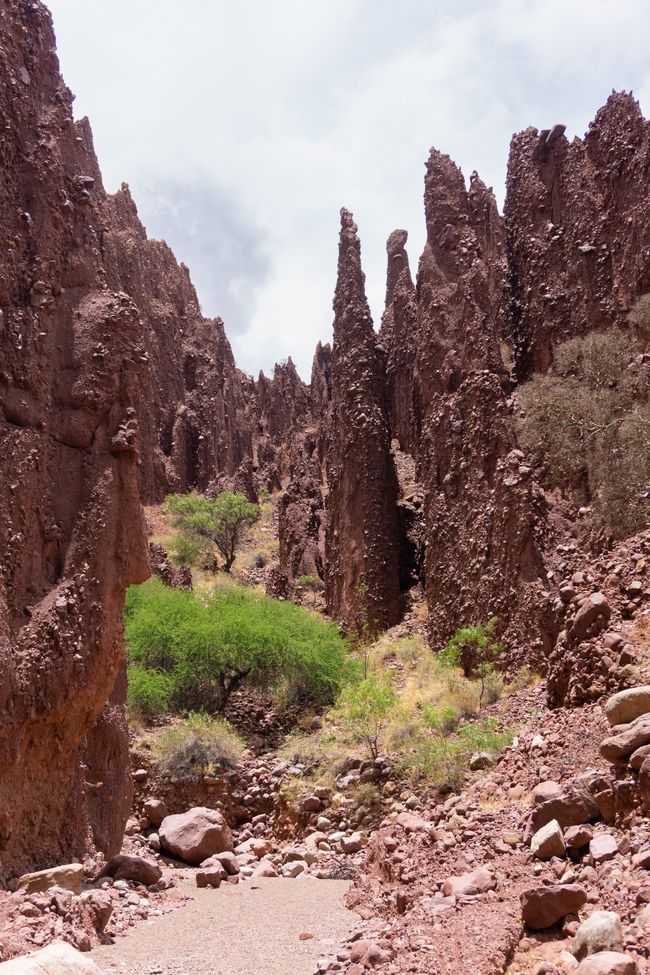
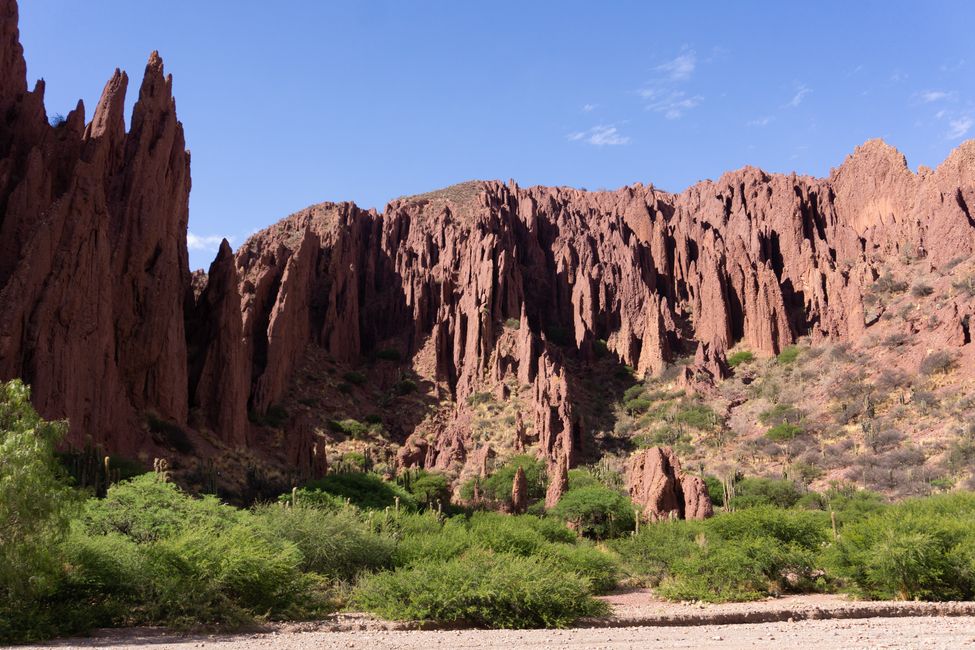
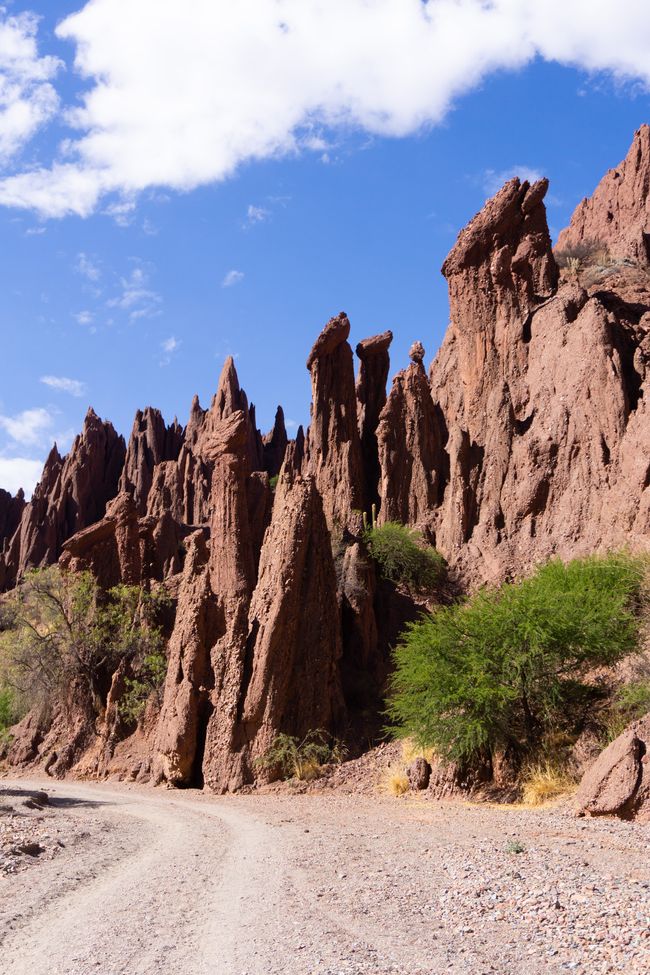
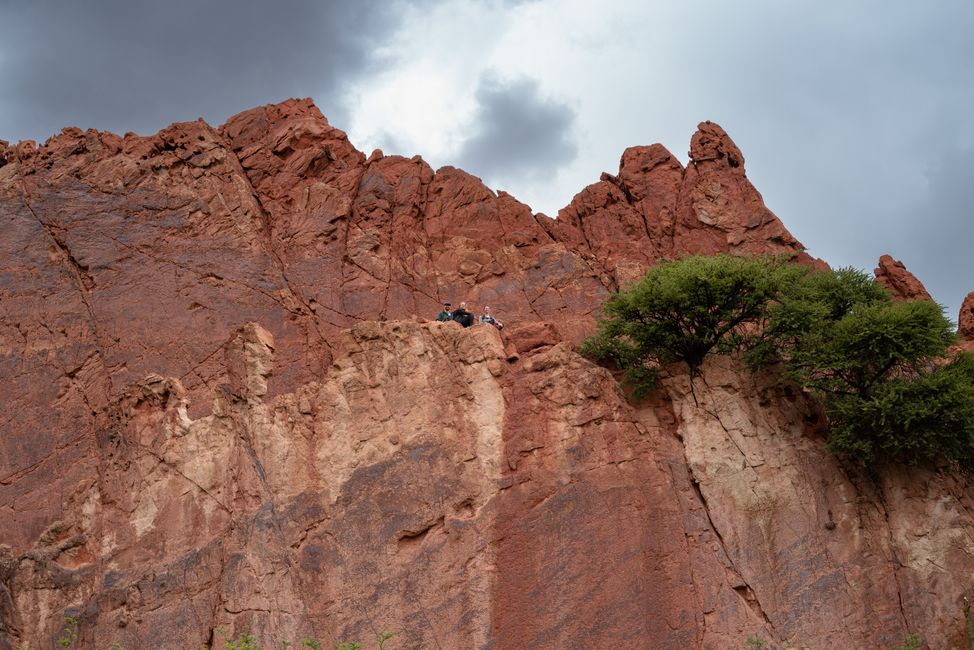
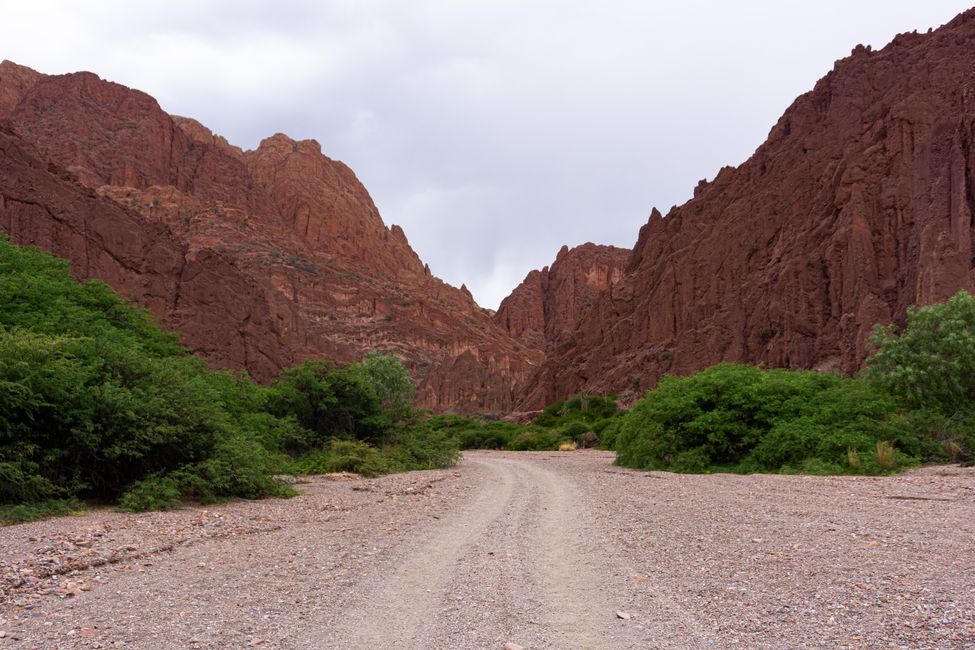
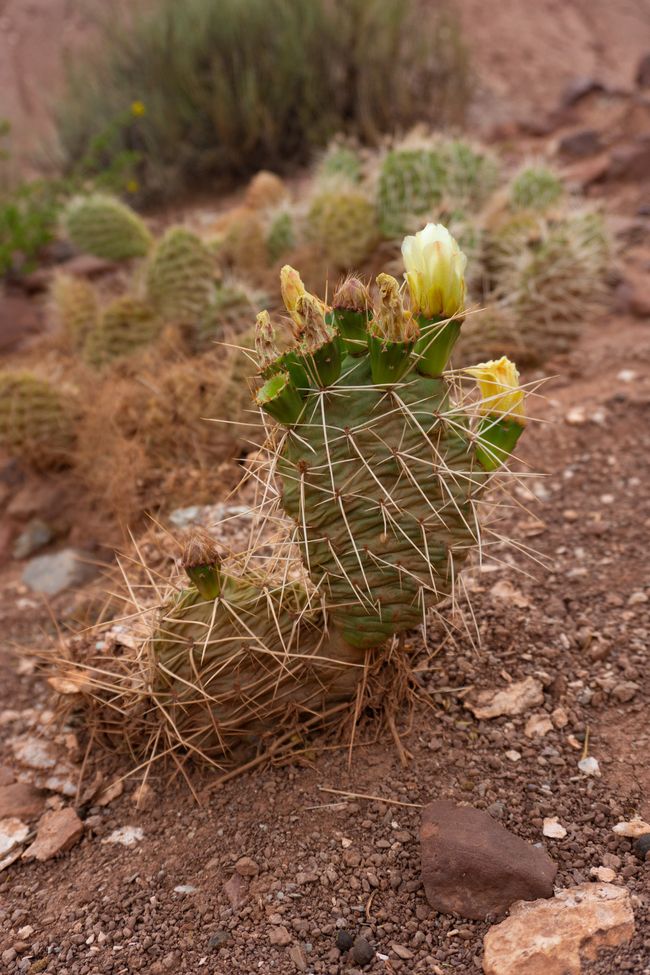
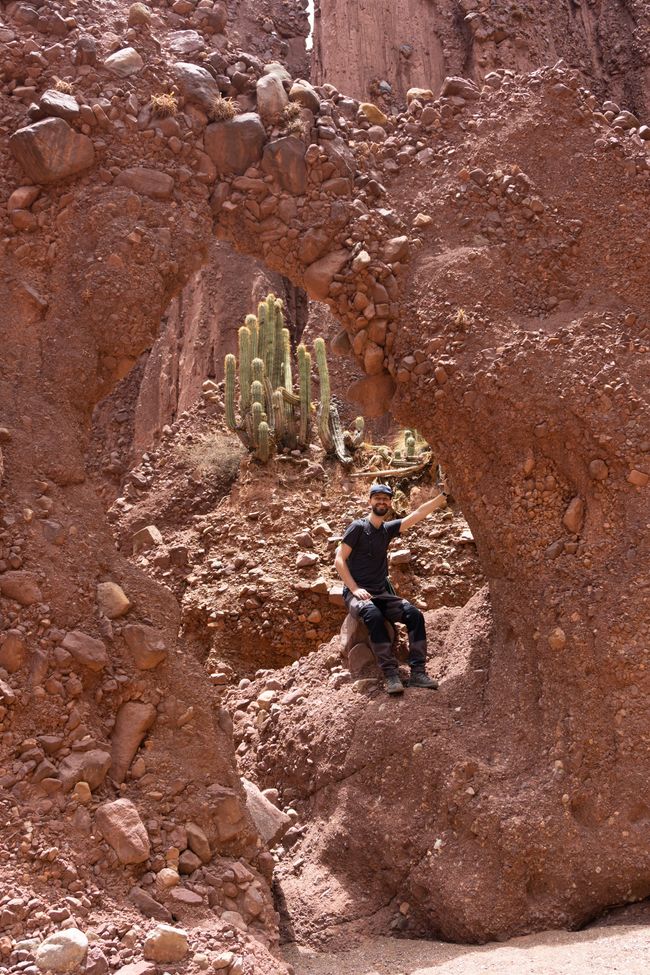
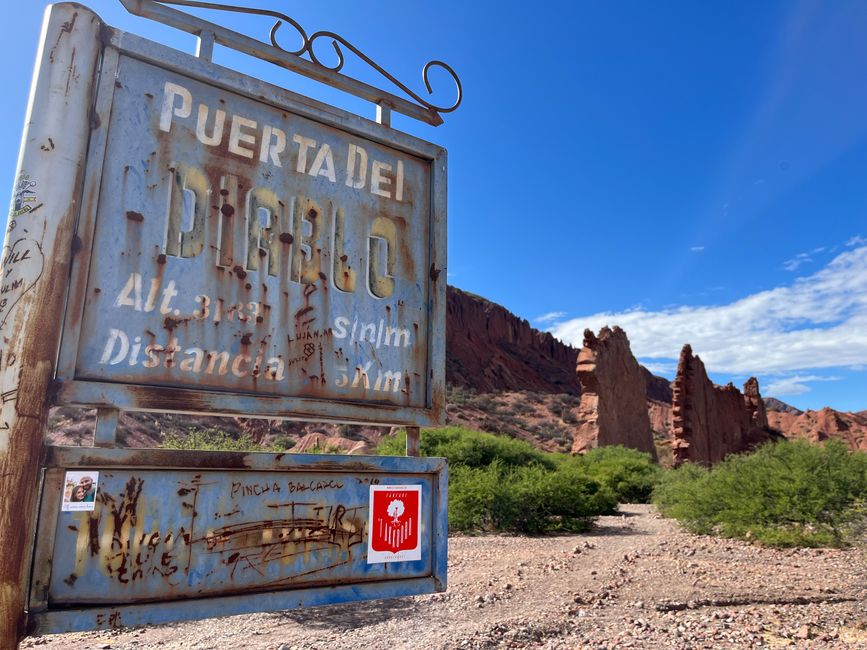
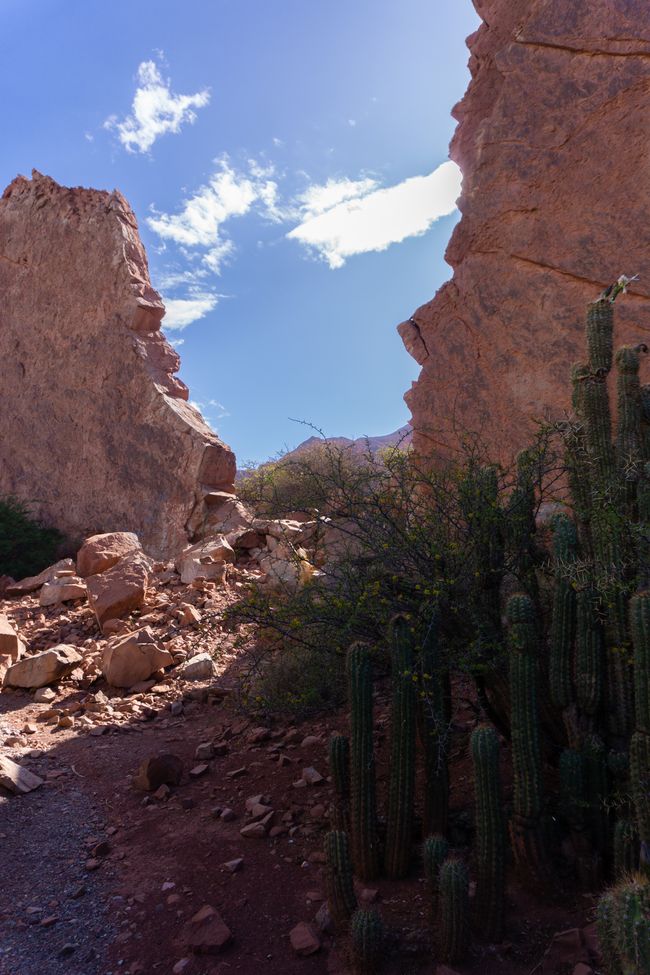
訂閱時事通訊
Once again, we've completed a night bus journey, caught up on sleep at the hostel, and looked for a place for a late breakfast. We're slowly getting into a routine with these things.
We leisurely stroll through Tarija, the capital of Bolivian wine, and get a first impression. What stands out to us is that it's relatively clean here and there's little rubbish lying around. Otherwise, at first glance, it's a typical South American city, with a beautifully designed Plaza de Armas, although Tarija also has a second large square, Plaza Sucre. Around both squares, there are nice restaurants, cafes, and small shops. As we're walking towards Mercado Negro, where there's a bunch of fake clothes, we're suddenly addressed in German. Yamil is from Tarija and recently did a 10-month school exchange to Germany. He would like to show us the city and the surrounding area, so we arrange to meet for a small excursion the next afternoon. In the morning, we want to take a tour of the different wineries - of course, including wine tasting.

After a small breakfast at the hostel, we're picked up and go to the different wineries with a large group of women from Cochabamba, two men from Santa Cruz, and a French woman. First, we visit the Kuhlmann winery, which was founded by a German. We are given a tour of the wine cellar and the winery, and there we actually discover large distillation devices with the label Markdorf - Lake Constance! That brings on feelings of home! The people here clearly know what's good... and indeed, some products from here have already won international awards. Of course, we want to convince ourselves of the quality, so we're served our first drink at half past 9 in the morning. It's a Chuflay made from Singani (a brandy) and ginger ale. Cheers then!

We continue to Casa Vieja. Here, wines are produced in small quantities. When we taste them, we find that each one is sweeter than the last, which completely matches the taste of our companions from Cochabamba. Here, there's a wide selection of wines and they all must be tasted... so the atmosphere is slowly getting better! In addition, there are numerous toasts that all start with Arro, arro, arro (apparently it means something like Ding, Ding, Ding...) and then include some wordplay that we, as non-native speakers, don't understand. Fortunately, one of the men from Santa Cruz kindly translates a few of them into English, so we can sometimes laugh along too. And the wine does the rest...

The last stop of the wine tour takes us to the Juan Diablo winery. Here, there's a beautiful wine cellar and a large production. We taste the wines together with some cheese, sausage, and olives, and we're actually just happy to finally get something in our stomachs that somehow absorbs all the wine. The wines we taste here are not as sweet anymore, but still too sweet by European standards. Before you think that Bolivia only has sweet wines, that's not true. Many Bolivians also prefer drier wines and recommend, for example, the Aranjuez winery, which we already know from other restaurants.
Our summary of the morning: 3 wineries, 13 wines, 3 Singanis, and in a good mood ;)

Therefore, we take a nap in the afternoon before meeting Yamil.
Sobered up again, we meet Yamil, his father, and his little sister. We drive to San Jacinto in their large car, which they normally use for the many trips to away games (Yamil and his brother play basketball). San Jacinto is a dam with a beautiful reservoir, but according to Yamil's father, it has never had as little water as it does now. Yes, the rainy season is really making us wait this year! Good for us, but bad for the population.

Afterwards, we drive to San Lorenzo. According to Yamil, the small village was built in colonial style and is mainly known for having an unusually high number of people with red hair for inexplicable reasons. Furthermore, Yamil's father invites us to try all the sweet specialties from the local bakeries and market stalls. Some of them were really delicious, others just sweet, but how are we supposed to eat all of it?! In the end, we head back with all kinds of sweet treats in our hands. Thank you for a wonderful afternoon, Yamil!

In the evening, the long-awaited rain finally arrives - and how! At times, we have to worry about whether our hostel will be flooded, but luckily our room stays dry despite the storm and hail.
For breakfast, we enjoy a type of Bolivian pancake that Yamil's father bought us about 10 of, and then our tour guide for the day is in front of us. We want to go hiking to a waterfall with him. On this very individual tour, we have the impression of spending a nice day with a friend rather than the usual rushing and tourist overload. Luis first takes us to the countryside, where we park the jeep and start hiking. Right at the beginning, we encounter a beautiful hummingbird, which apparently always means it's going to be a good day here. We continue walking into the canyon, surrounded by a wonderful peaceful silence only broken by the chirping of birds. On the way, Luis shows us where the condors live, which he has often observed here, and indeed, we also encounter two of them leisurely circling above. At the end of the canyon, the beautiful Marquiri waterfall, about 20 meters high, awaits us, and we climb up to it somewhat clumsily. The last few meters, we wade through the ice-cold water and let our gaze wander over the sparkling waterfall. The timing is perfect, as the sun only reaches the rock crevice for about 15 minutes per day, and we're right in the middle of it! After our feet are dry again, we leisurely walk back to the car.

Our stomachs are starting to growl, and lunchtime has long passed, so Luis suggests trying another specialty of the country: Sopa de Mani. Luckily, we have good luck in the market hall and can try this soup made from fresh peanuts, vegetables, meat, noodles, and potatoes. After that, the guide accompanies us to watch the German national team's football match against Costa Rica, but we know how that ended... At least we're watching the game in a bar that serves us a free beer for every goal scored by the favored team. So, a 4-2 result is quite nice ;)

In the evening, we run into Kristine and Mads from Denmark again and decide to join them for the upcoming tour of the famous salt flats together.
The next morning, we take the same bus as the two of them to Tupiza. This is supposed to be the starting point for the tour. But the journey there in one of the shakiest buses we've ever had is absolutely no fun. We go over dizzying passes, winding roads, through fog, rain, and hail until we finally reach our destination, drenched in sweat. Not much is going to happen today.
However, we still want to make good use of the one-day buffer before the big highlight, so we meet the other two for a hike through the fantastic red rock landscape in the surroundings of Tupiza. The hike starts right from the village and leads to the rock formations Cañon del Duende, Puerta del Diablo, Canyon del Inca, and Piedras Machos. But first, we walk along dusty roads in the midday heat and past heaps of garbage. Unfortunately, the plastic bags that were dumped at this landfill are flying everywhere. We quickly move forward and eventually reach Cañon del Duende with its two steep cliffs that mark the entrance to the canyon. Here, there are exclusively plants with sharp thorns. The ground is covered with small cacti with long thorns, prickly bushes lurk everywhere, and there's another kind of tall cactus with beautiful flowers. We walk a bit into the canyon until it gets too narrow. So, we decide to walk back to reach the other attractions. Going through Puerta del Diablo, we reach the second canyon, Canyon del Inca. Additionally, if you want, you can spot the "Machos" in the rocks below the waistline... Other than that, we've seen enough red rocks, but at the very end of the canyon, we coincidentally encounter Piotr and Izabella from Poland again and arrange to have dinner with them. After a total of about 18 kilometers in the heat with little shade, we're actually quite happy when the hike is over and we reach Tupiza again.

After dinner, we pack our bags because tomorrow we'll start early on the tour of Bolivia's most famous area: the Uyuni Salt Flats.
訂閱時事通訊
回答

旅遊報告玻利維亞
